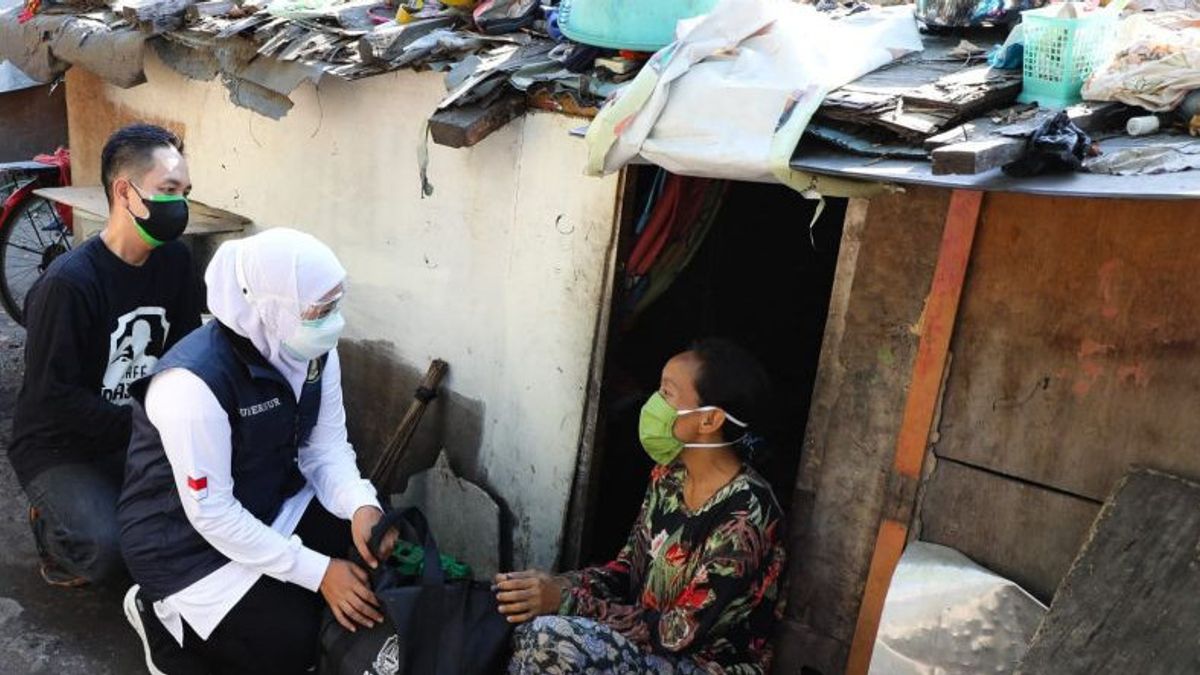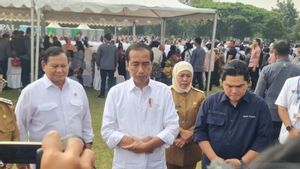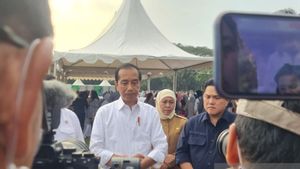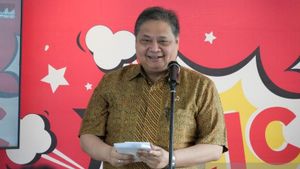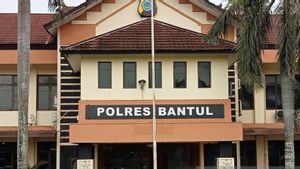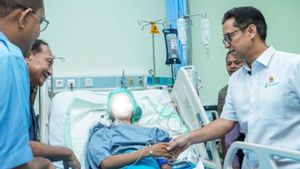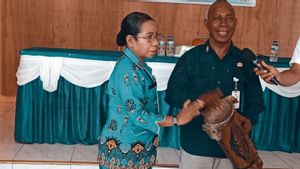East Java Governor Khofifah Indar Parawansa said the poverty alleviation program he ran after the coronavirus (COVID-19) pandemic was effective.
It was recorded that in the period March 2021 to March 2023, the number of poor people in East Java decreased by 383,920 people.
"Of the 34 provinces throughout Indonesia, the number of decreased poor people in East Java for two years after the COVID-19 pandemic was recorded at the highest," Khofifah said in a written statement reported by ANTARA, Monday, July 24.
Most recently, the Central Statistics Agency (BPS) released for the past six months, since September 2022-March 2023, the poor population of East Java has fallen 0.14 percent.
In September 2022, the poor population of East Java was 10.49 percent, to 10.35 percent in March 2023.
According to him, in addition to the many programs he runs, they are fairly effective, the decline in poverty in East Java is also supported by a number of factors.
One of them is economic growth in the first quarter of 2023 of 4.95 percent year on year (yoy) or compared to the same period in 2022.
Furthermore, it was also influenced by the open unemployment rate in February 2023 by 4.33 percent, down 0.48 percent compared to February 2022 (4.81 percent), and down 1.16 percent compared to August 2022 (5.49 percent).
"The East Java Provincial Government has also initiated the elimination of extreme poverty through the disbursement of productive assistance for extreme poor families in 5 poverty districts. Each family gets assistance worth Rp. 1,500,000 which is used as productive business capital," said Khofifah.
The reduction in poverty in East Java is also driven by an increase in income for the poor through productive business activities supported by micro, small and medium enterprises (MSMEs).
MSME credit share on the total distribution of East Java has continued to increase since 2021. Until the first quarter of 2023 there was an increase of 31.93 percent compared to the previous quarter which was recorded at 31.64 percent.
The increase in MSME credit share is also in line with the commitment of the East Java Provincial Government and banks to work together by launching various programs including the welfare credit program (Prokesra), people's business loans (KUR), revolving funds (dagulir), and facilitation of other financing.
"Even through Prokesra, we provide interest subsidies, so that ultra micro and micro business actors only bear the interest expense of loans of 3 percent per year," said Governor Khofifah.
VOIR éGALEMENT:
Plus assistance for 6,478 ultra-micro business actors submitted by Governor Khofifah during 2022 and 2023, with a value of between Rp600,000 to Rp2,200,000 whose financing comes from the East Java Province Amil Zakat Nasion Agency (Baznas) and corporate social responsibility (CSR) business actors.
Along with the distribution of Cash Direct Assistance (BLT) for Village Funds 2023 as of March 2023 to 163,669 Beneficiary Families (KPM). In addition, the distribution of the Family Hope Program (PKH) in the first quarter of 2023 reached 99.12 percent or 1,554,312 beneficiary families from the total target of 1,566,750 families.
Khofifah emphasized that poverty reduction was in line with East Java's success in increasing village independence status. In 2021, there were 697 independent villages recorded. In 2022 to 1,490 independent villages, or an increase of 113.77 percent.
"The increase in independent villages is also the highest national achievement. Even in 2023 we are targeting to rise above 2,500 independent villages. I believe God willing, it will be realized and even exceeded," he said.
The English, Chinese, Japanese, Arabic, and French versions are automatically generated by the AI. So there may still be inaccuracies in translating, please always see Indonesian as our main language. (system supported by DigitalSiber.id)
